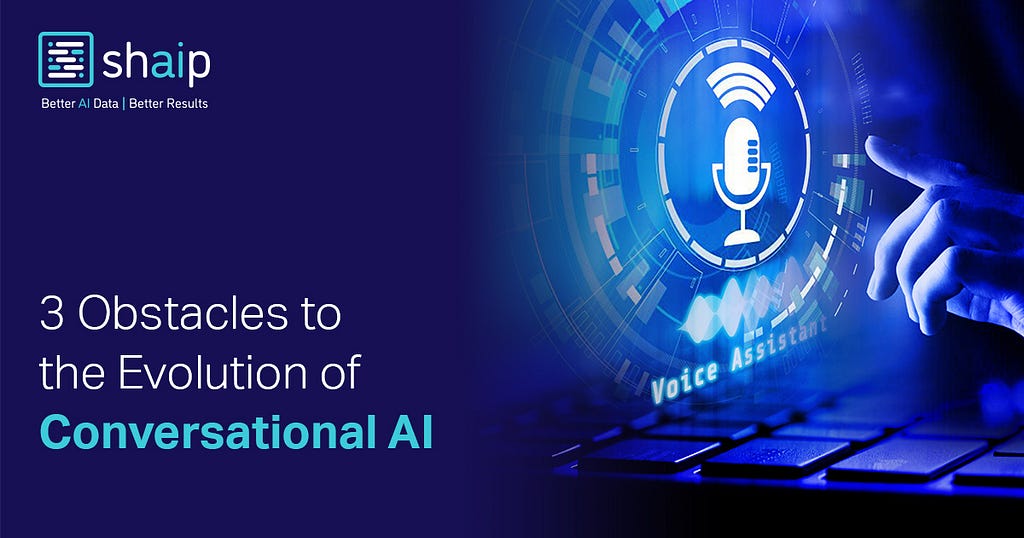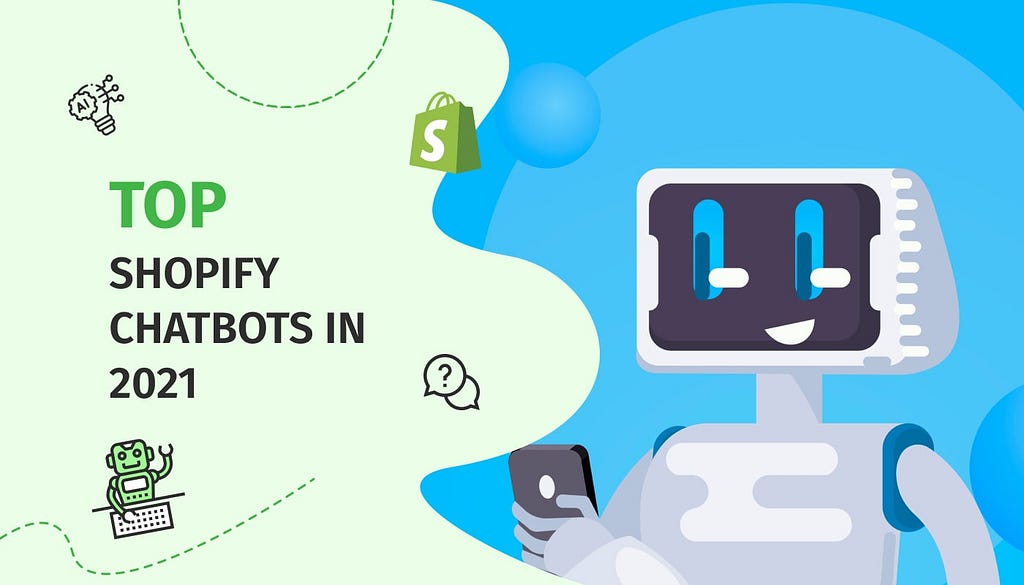Conversational AI — ensuring remote workforce performance
Conversational AI is a set of technologies that automates communication and offers human-like interactions. It is often referred to as chatbots and intelligent virtual assistants (IVA), which feature a human interface system. These AI-enabled chatbots and IVA are the most relevant approach for addressing customer needs and improving contact center management.
Chatbots and virtual assistants are augmenting and automating the customer service process by utilizing the existing resources and knowledgebase articles for answering and resolving customer queries.
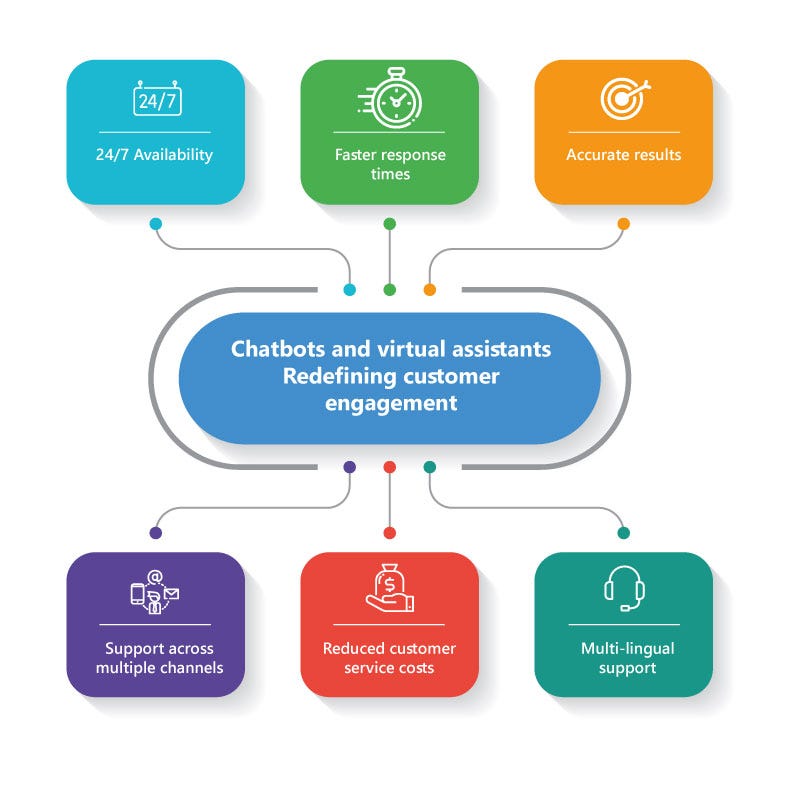
Chatbots and virtual assistants are empowering organizations to eliminate repetitive & tedious tasks and maintain the customer service levels despite reduced workforce due to coronavirus outbreak. Customers today demand faster resolution of their tickets, and AI-based chatbots are proving to be a key driver for enabling an effective remote workforce.
Unlike human agents, chatbots and virtual assistants cannot be absent due to illness or other disasters like COVID-19, which can put human lives at risk. This makes chatbots and IVA an ideal and efficient solution for assisting customers 24/7 across all communication channels, resulting in enhanced customer engagement.

Benefits of offering compassionate customer service during the pandemic
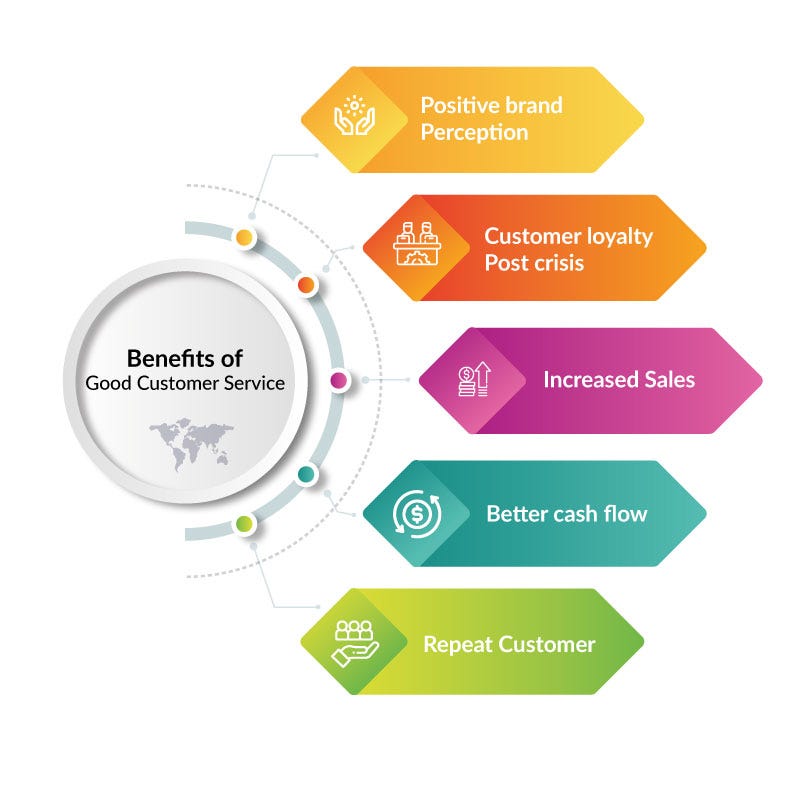
The current state of uncertainty, fear, and frustration has presented companies with new risks as well as opportunities. During the time of crisis, offering empathetic customer service is an opportunity for companies to demonstrate what an organization is all about and gain a competitive advantage.
Trending Bot Articles:
2. Automated vs Live Chats: What will the Future of Customer Service Look Like?
4. Chatbot Vs. Intelligent Virtual Assistant — What’s the difference & Why Care?
Positive Brand Perception:
In the COVID-19 situation, having a positive brand perception is vital to remain competitive in the market. Positive customer experience results in customers praising a brand, which also boosts employee morale.
Customer Loyalty Post Crisis:
Chatbots empower companies in personalizing customer interactions during the COVID-19 crisis to build stronger relationships with customers. These unique experiences, tailored to customer preferences, strengthen customer loyalty, and enhance customer satisfaction.
Increased Sales:
Increasing the number of new as well as existing customers will lead to increased sales and profitability. Increased profit margins boost companies to further invest in emerging technologies and expand their business.
Better Cash Flow:
The COVID-19 crisis has left organizations with disrupted cash flows. An unstable revenue stream is driving organizations to adopt chatbots for reducing their operational expenses. As chatbots are the most effective ways of providing customer service, it can reduce customer service costs and bolster the lead generation efforts.
Repeat Customers:
Consumers’ needs are paramount during this crisis and providing stellar customer service can help companies in enticing more customers. A satisfied customer can increase the number of referrals with an effective word of mouth marketing, which can further help companies to reach potential customers.
KLoBot — DIY no-code Chatbot Builder
KLoBot is a chatbot builder platform that empowers organizations to create text as well as voice-enabled chatbots and deploy across their favorite communication channels. Chatbots built on the KLoBot platform are leveraging the power of NLP and ML to better understand the customer sentiments and enhance visibility into customer behavior.
KLoBot-enabled virtual assistants are the next-generation solution for accelerating digital transformation and mitigating administrative tasks. These chatbots and virtual assistants are the most effective way to scale customer support and maintain stable resolution times during this crisis.
Chatbots designed with KLoBot simplifies the human-machine interactions and streamline business processes. These chatbots can address the routine customer queries and optimize customer service while reducing the expense of customer service operations. The coronavirus outbreak has forced several organizations to modify their call center plan and shift towards KLoBot for handling higher call volume and better serving customers.
Don’t forget to give us your 👏 !


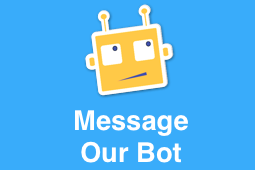
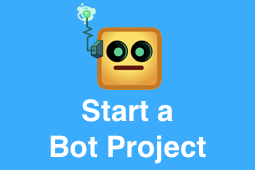
Conversational AI — ensuring remote workforce performance was originally published in Chatbots Life on Medium, where people are continuing the conversation by highlighting and responding to this story.


